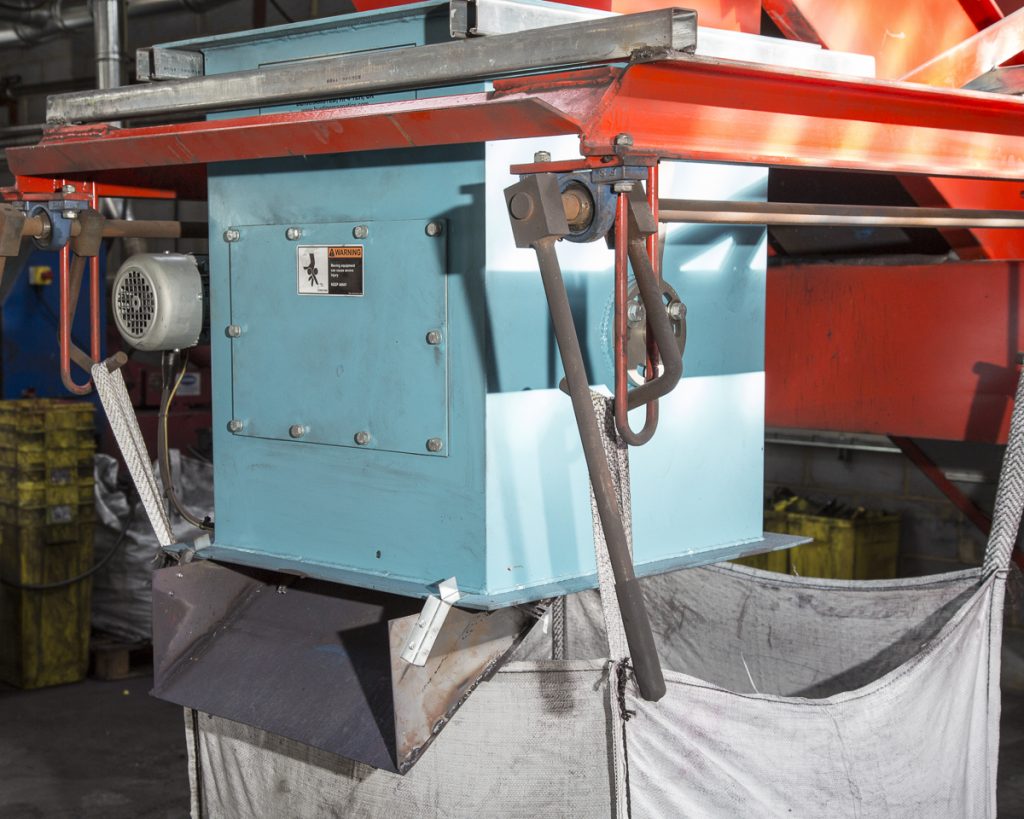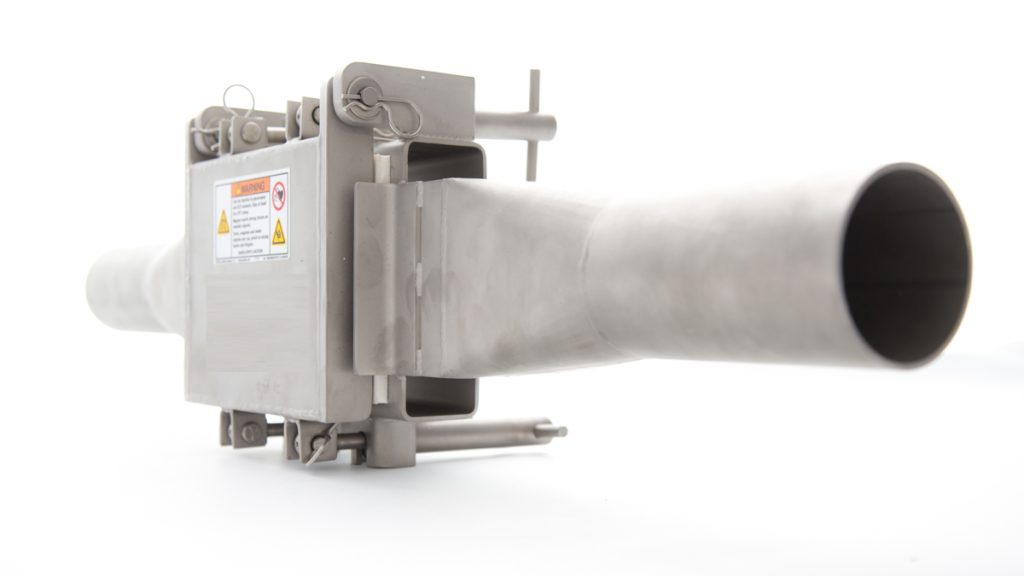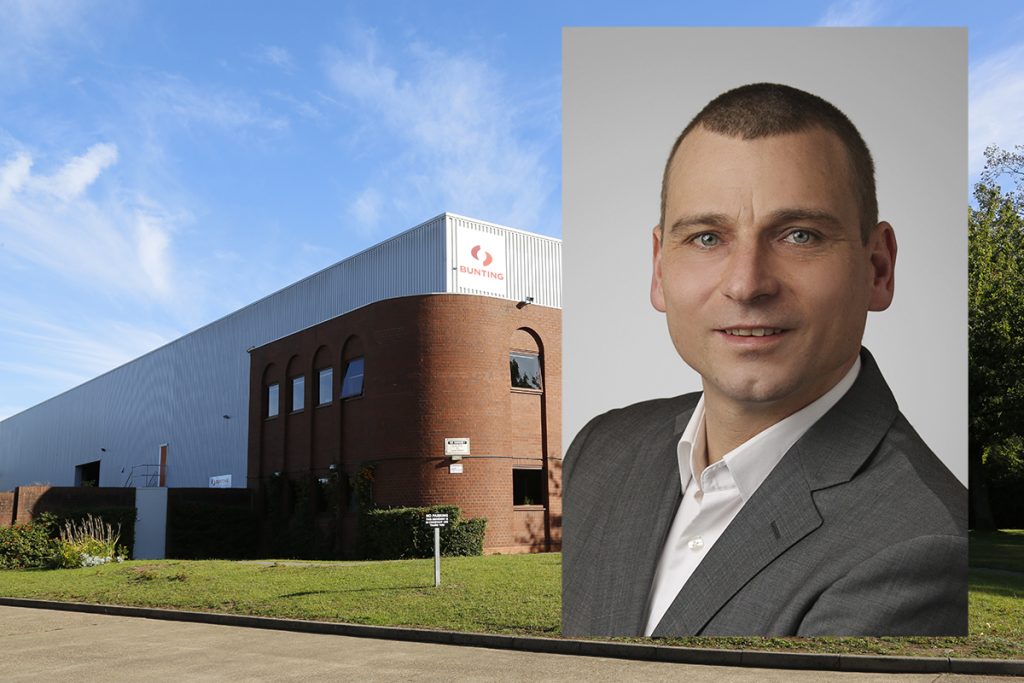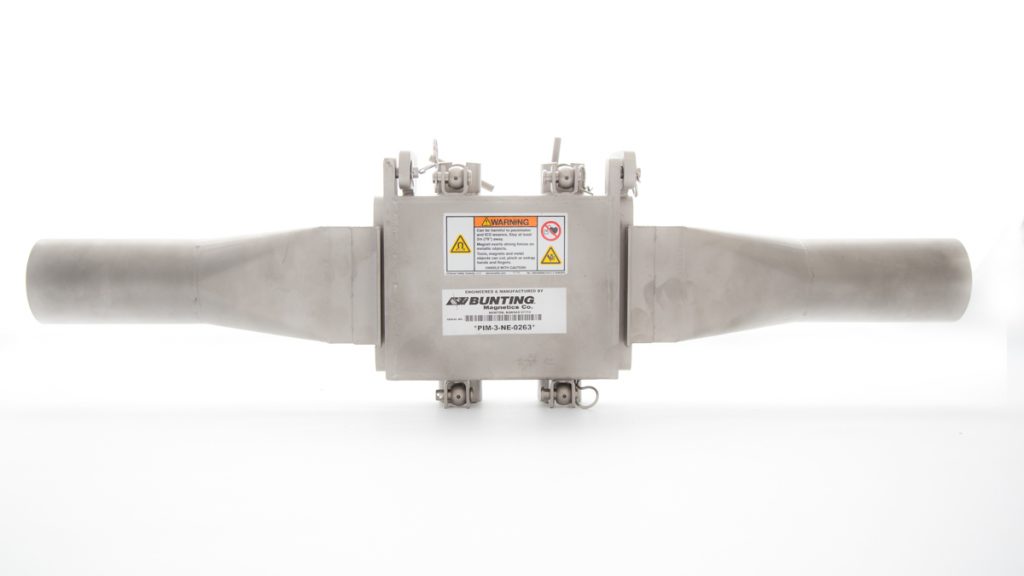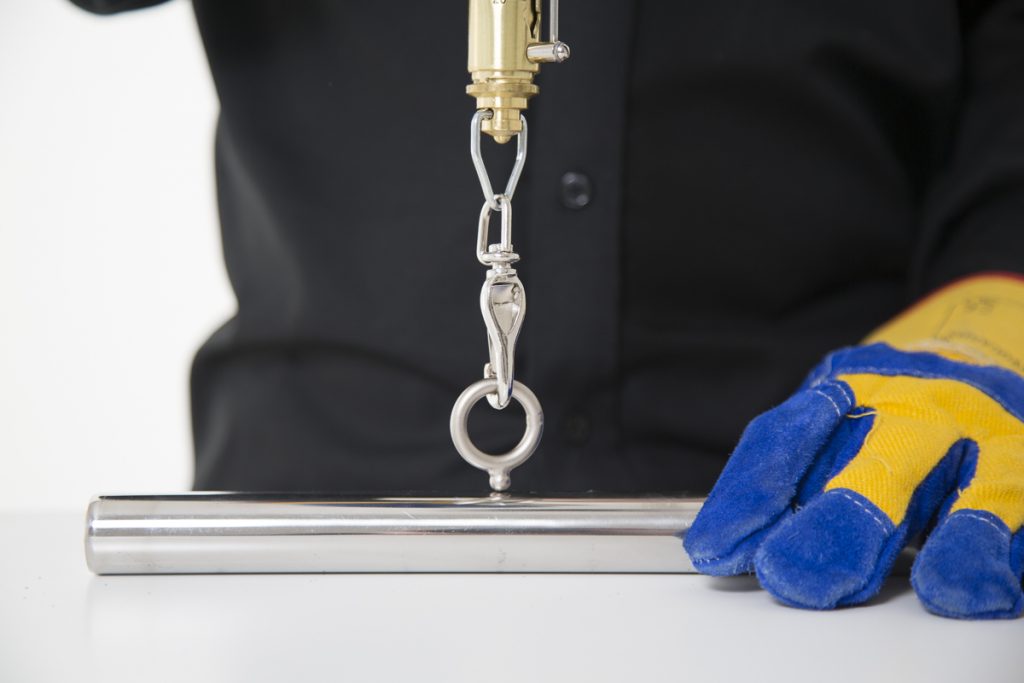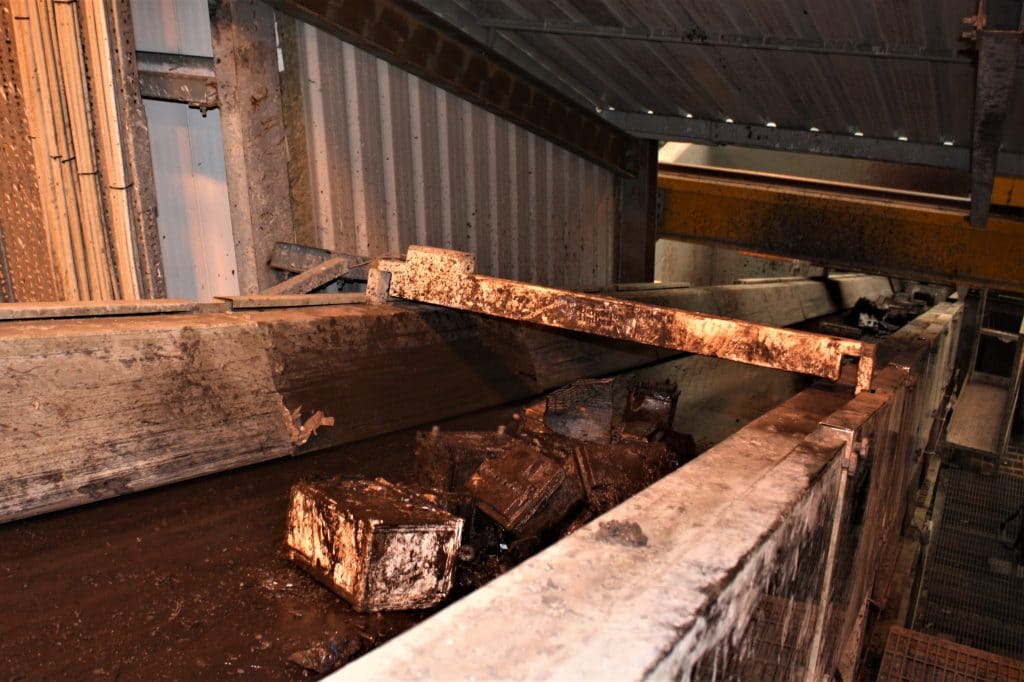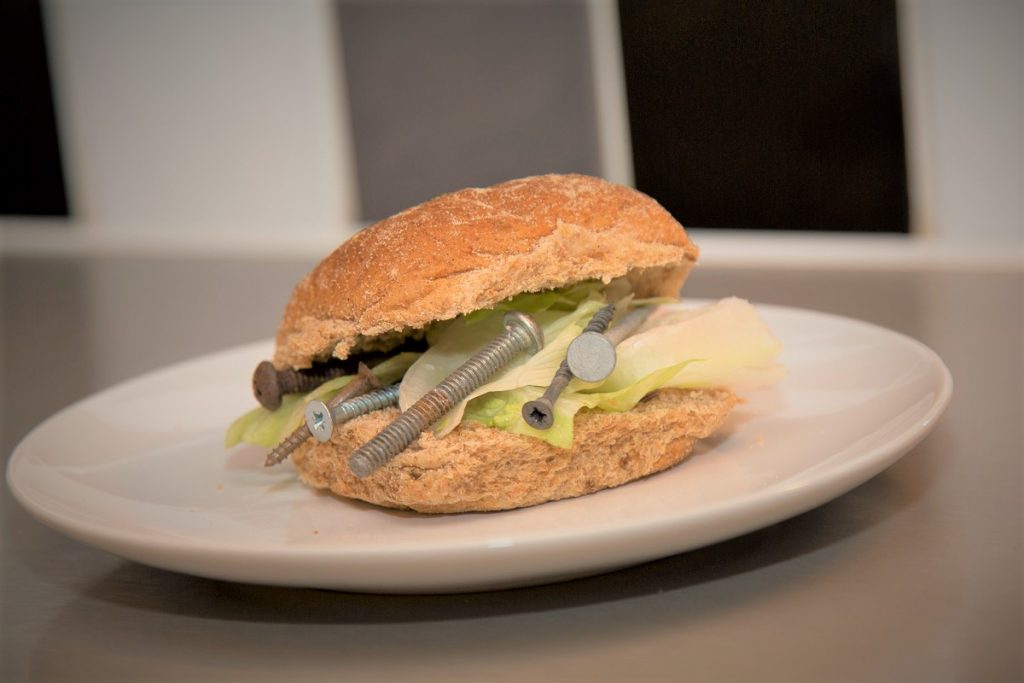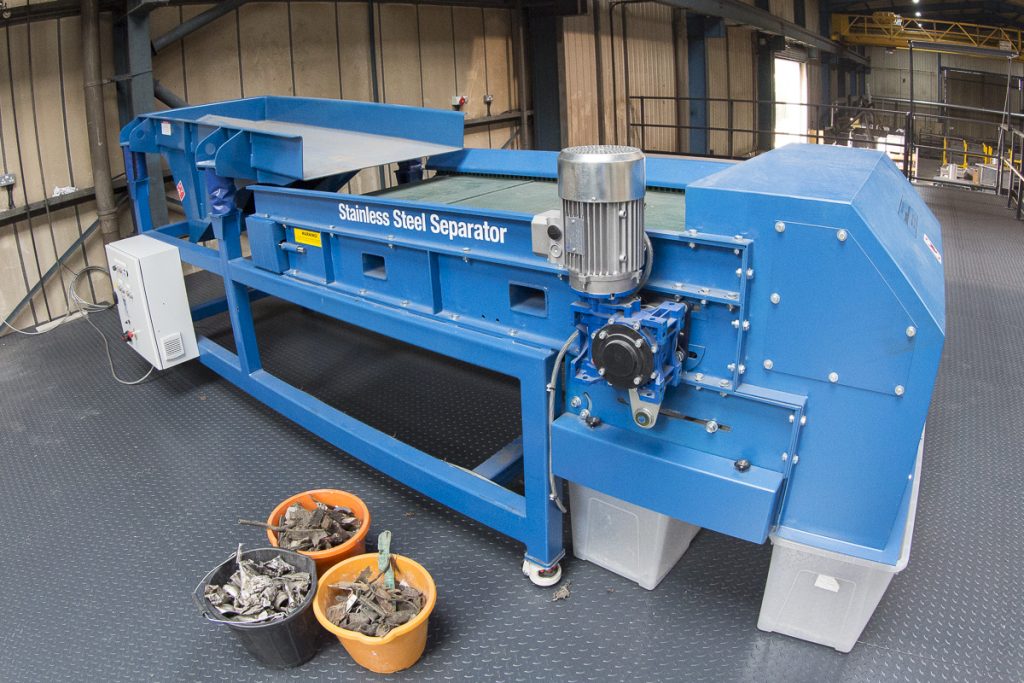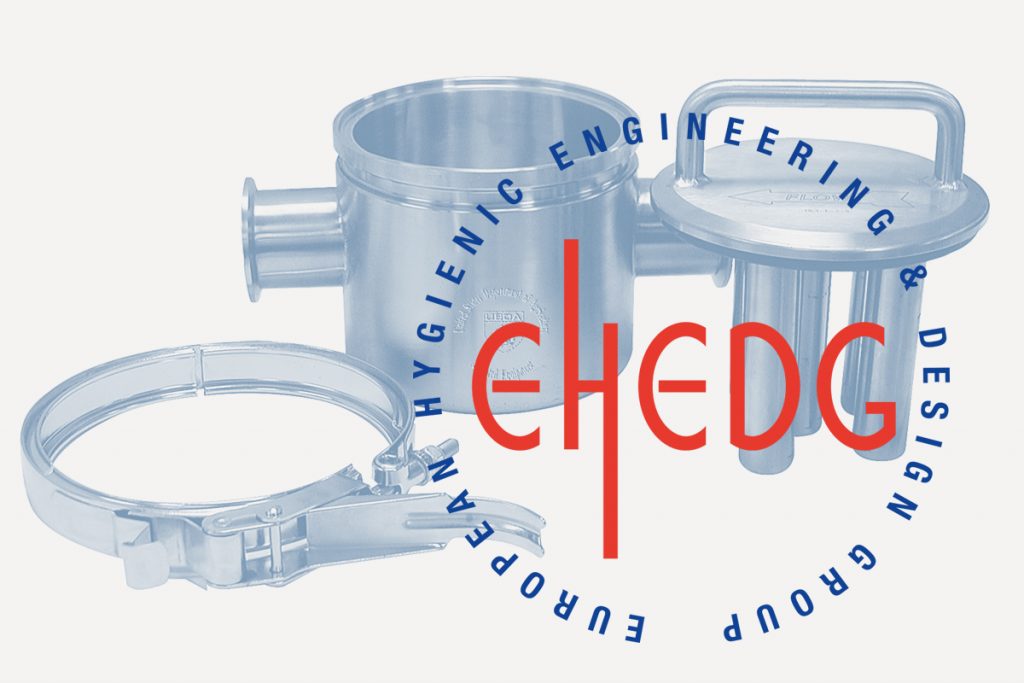Posts by Paul Fears
Separating Ferrous Metals When Recycling Printer Cartridges
A high-strength Rare Earth Drum Magnet separates the ferrous metal constituent of shredded secondary laser and toner cartridges at BCMY’s UK cartridge recycling operation. The efficient removal of ferrous metal protects downstream shredders, whilst also maximising the purity of the end recycled product. BCMY Ltd, based in Lancing in West Sussex, is one of the…
Read More42 Inline Magnets Keep Baby Food Metal Free
A German baby food producer has purchased forty-two (42) stainless-steel Inline Magnets to remove tramp ferrous metal. The food-producer has installed the 42 magnetic separators in all their European manufacturing plants. Inline Magnets easily fit into existing pneumatic (up to 15 psi) or gravity-fed pipelines transporting foodstuffs. The fabricated pipe-shaped body includes suitable ends to…
Read MoreDirk Mylich Appointed Bunting’s European Recycling Product Manager
Dirk Mylich has assumed the new position of Bunting’s European Recycling Product Manager. The appointment reflects the ever-growing importance of environmental management in Europe and the necessity of employing technology to successfully recover and recycle secondary materials such as metal and plastic. Since graduating as an engineer in waste management at the University of Applied…
Read MoreInline Magnet Pros and Cons
The Inline Magnet is a versatile and popular magnetic separator used widely to capture tramp ferrous metal contamination. The non-obstructive design suits applications in many different applications including food processing and plastics. In this blog, we review the different designs and the Inline Magnet’s key advantages and disadvantages Inline Magnet Models The Inline Magnet is designed…
Read MoreMeasuring Magnetic Separator Power
A Magnetic Separator attracts, captures and holds magnetic particles. The magnetic strength needed to successfully separate such problematic ferrous metal contamination is commonly stated in a magnetic separator supplier’s quotation or specified in the tender. This ‘Magnetic Strength’ is usually referenced in terms of ‘Gauss’, a unit of measurement. However, as it is difficult to accurately measure…
Read MoreMetal Detectors Detecting More Than Treasure
The BBC television series Detectorists has significantly increased the public’s awareness of metal detectors, but many people remain unaware of their importance in the recycling of waste materials. Although the size and design of metal detector used in the recycling industry is different to those used by the enthusiasts on the television show, the basic…
Read MoreMetal Contaminated Food Alerts 2020
In 2020, the UK’s Food Standards Agency reported seven (7) cases of metal contaminated foods (in 2019, there were eight (8)). Each case was very different and ranged from chocolates to sandwiches. The associated cost, in terms of lost revenue due to recalled products and company reputation, is considerable. In this article, we review each…
Read More15 Magnetic Liquid Traps Capture Iron in Orange Juice
Fine iron removed from orange juice
Read MoreTwo SSSC Magnetic Separators Ordered
A UK metal recycling company has ordered two (2) SSSC Magnetic Separators to recover fragmented stainless steel. The order followed initial tests undertaken on site with a Rare Earth Drum Magnet during the Covid-19 lockdown. Once the restrictions had eased, the client travelled down to Redditch for more detailed test work on the SSSC Magnetic…
Read MoreEHEDG Membership for Bunting
Bunting has joined the European Hygienic Engineering & Design Group (EHEDG) following a rise in magnetic separator and metal detector projects for the food, pharmaceutical and chemical industries. The European Hygienic Engineering & Design Group (EHEDG) was founded in 1989 as a non-profit consortium of equipment manufacturers, food producers, suppliers to the food industry, research…
Read More